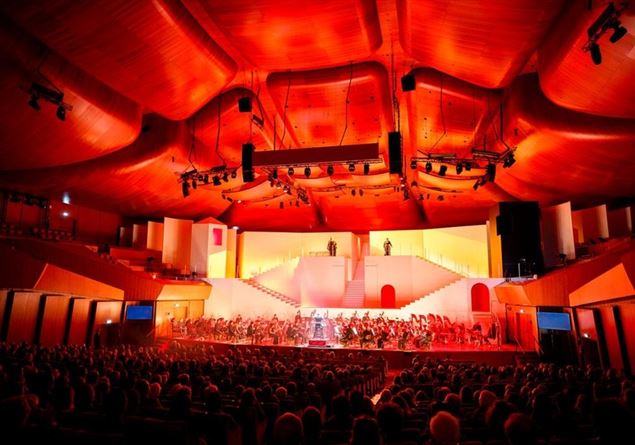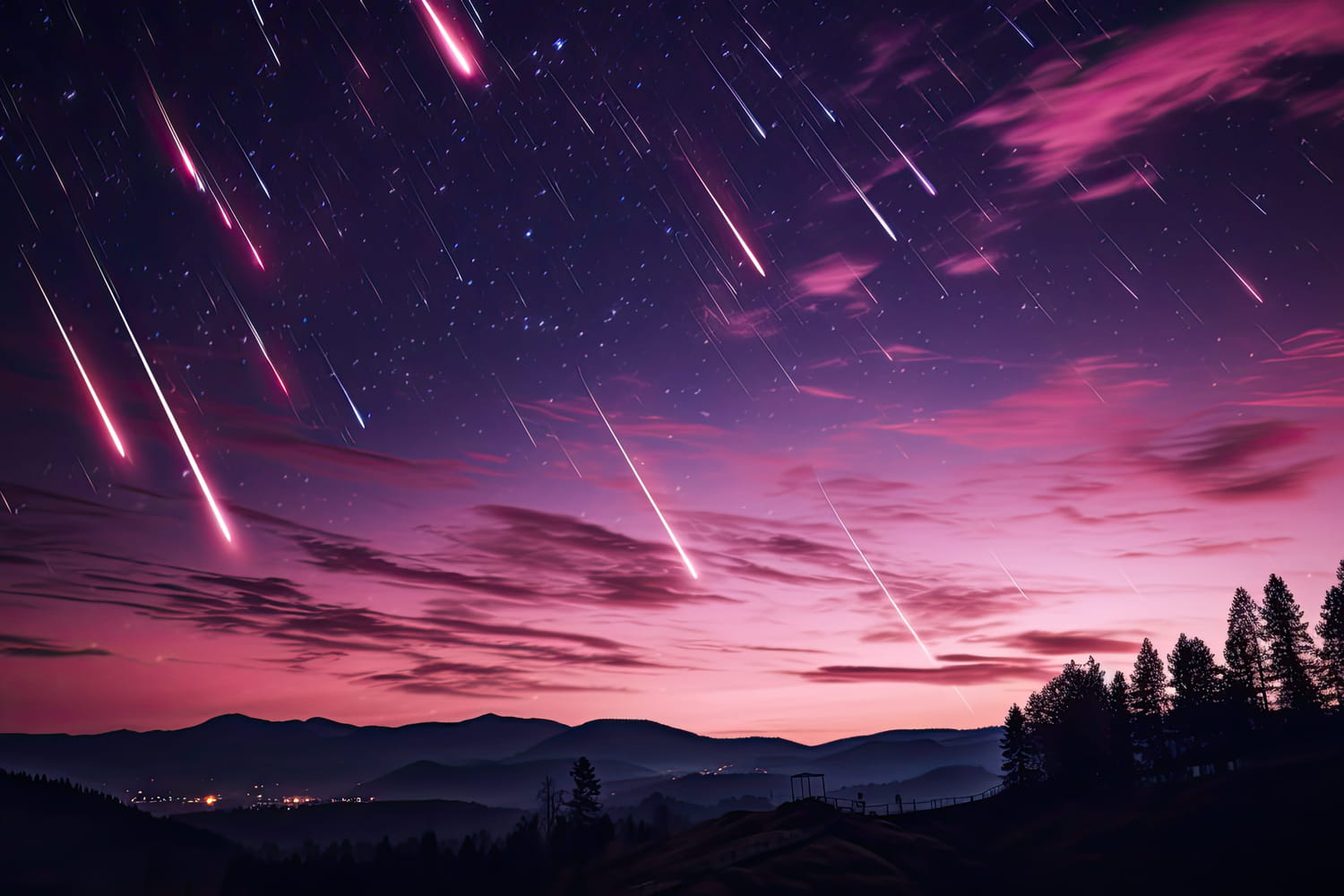It can easily be observed in France, without special equipment.
The Leonid meteor shower is undoubtedly one of the most anticipated astronomical events of the year. This meteor shower is distinguished by its ability to offer absolutely grandiose celestial shows. During these peaks of activity, the sky can literally transform into a shower of shooting stars, as was the case in 1999, 26 years ago, when there was massive activity. The Leonid meteors are among the fastest, speeding at 71 kilometers per second and leaving behind long blue-green trails, sometimes visible for more than five minutes.
Good news: we can easily observe them in France, without special equipment. The key is to find a place with as little light pollution as possible and to ensure good weather, that is to say as clear a sky as possible and without thick clouds, because the slightest cloud cover or a shower would spoil the show. Observing conditions are particularly favorable this year, as the peak occurs just three days before the New Moon, guaranteeing very dark skies. To put the odds in your favor, turn to the East/Northeast horizon once the constellation Leo – the radiant point where meteors appear to come from – is well above the horizon in your area. You don’t need to stare specifically at this constellation, but it’s best to have as wide a view of the sky as possible. Apps like Sky Tonight or Star Walk 2 can help precisely locate the radiant and prepare for the observation.
In 2025, the Leonid meteor shower is active from November 6 to 30, with a peak expected on the night of November 17 to 18 around 5 a.m. (French time). The forecast calls for a rate of meteors (shooting stars) of up to 15-20 per hour for this peak. However, International Meteor Organization researchers also expect larger rate increases on the night of November 19-20, between 12:53 a.m. and 1:54 a.m., as well as on November 14 at 5:37 p.m.
If the intensity of 2025 already looks very good, we will have to wait until November 17, 2033 (in 8 years) to witness the next major Leonid meteor storm, where up to 400 meteors per hour could light up the sky.








